The mist-shrouded hillsides of Bwindi Impenetrable Forest National Park lie on the edge of the Rift Valley in southwest Uganda. They're carpeted with 25,000-year old rainforest, consisting of tall, flat-crowned Newtonia trees, stands of bamboo and straight-trunked red stinkwood.
“Bwindi Impenetrable Forest is listed among East Africa’s most biodiverse forests, with over 1,000 flowering plant species,” says Paul Kisibo, Founder of Mbogo Africa Safaris. “It contains over 120 mammal species, 27 frog species, 350 bird species, 310 colourful butterfly species, and numerous reptiles.”
Most enticing of all, Bwindi Impenetrable Forest is home to 459 endangered mountain gorillas, which can be visited on a walking safari. There are only 1063 mountain gorillas left in the world (the rest live in the Virunga Mountains straddling Rwanda, DRC and Uganda). In the twentieth century, hunting, war, habitat loss and disease took these remarkable creatures to the verge of extinction. But decades of ongoing conservation efforts - more recently supported by revenue from tourism - has helped numbers increase again.
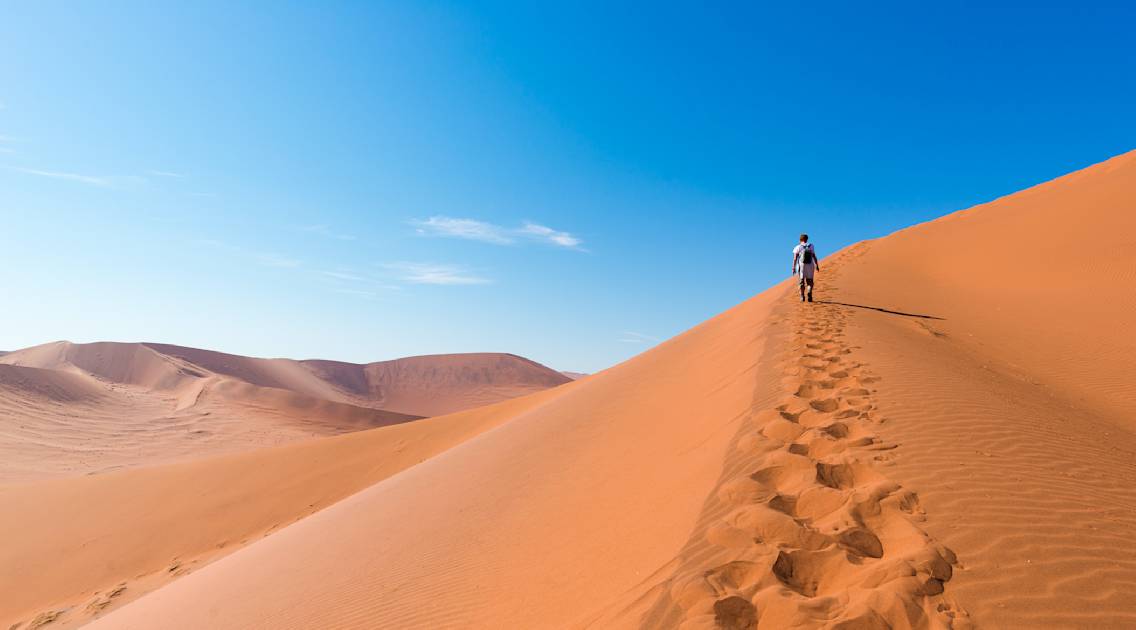
Mountain gorillas are one of the largest of the primates. An average male gorilla can weigh up to 180kg, and measure 170cm when on all fours. But they’re gentle giants, living in family groups of a dominant male - known as a silverback - several females and their children. Days are spent eating (predominantly plants and small insects), playing and exploring their home range, with tiny infants getting rides on their mothers’ backs.
Gorillas are highly intelligent, with a wide range of communicative barks and the ability to use primitive tools (such as a stick to gauge the depth of a river). Gorillas in captivity have even been taught basic sign language.
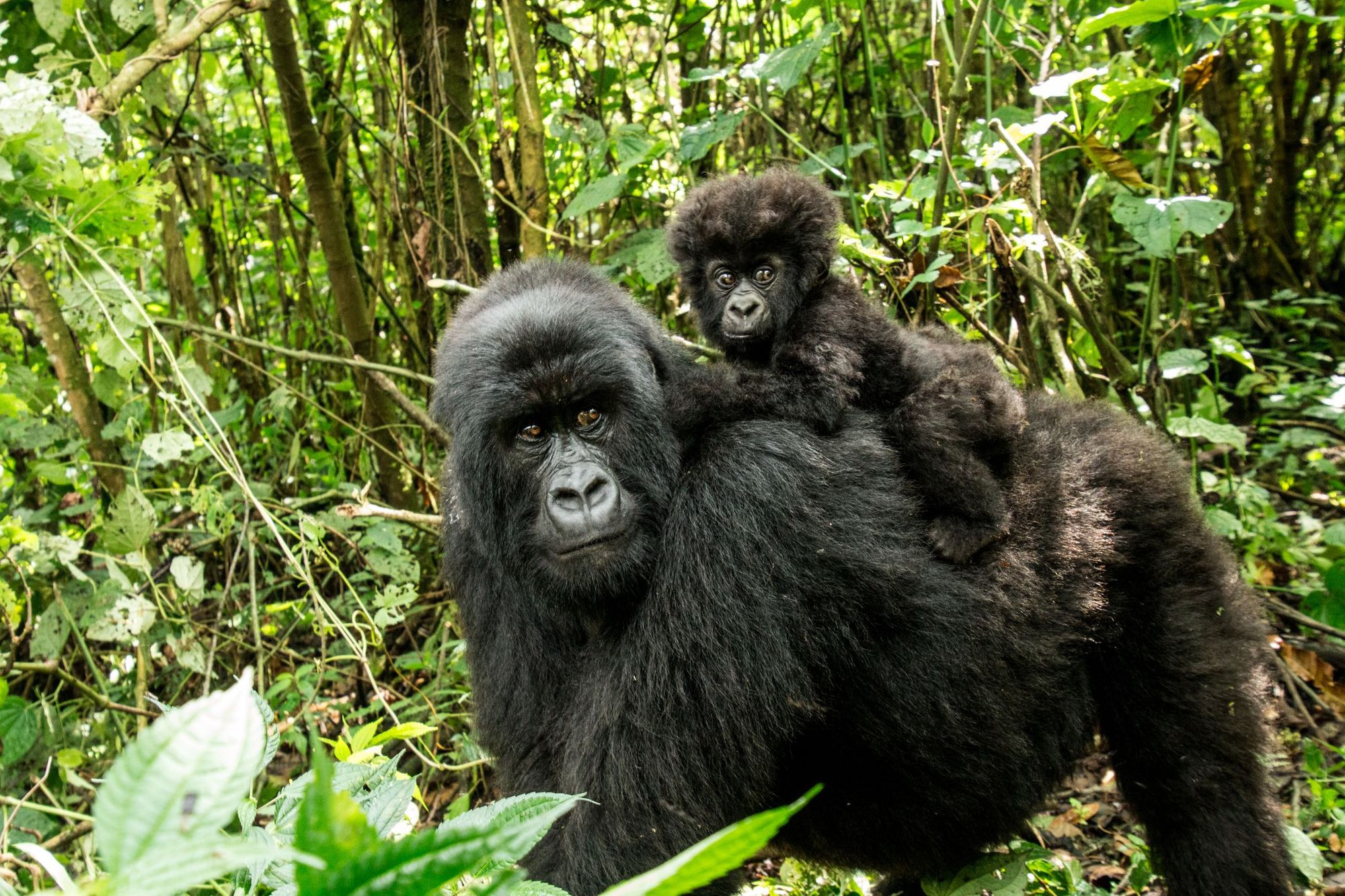
“I shall never forget my first encounter with gorillas,” American primatologist Dian Fossey wrote in her memoir, Gorillas in the Mist. “Peeking through the vegetation, we could distinguish an equally curious phalanx of black, leather-countenanced, furry headed primates peering back at us. Their bright eyes darted nervously under heavy brows as though trying to identify us as familiar friends or possible foes. Immediately I was struck by the physical magnificence of the huge jet-black bodies blended against the green palette wash of the thick forest foliage.”
Fossey lived in the Virunga Mountains between 1966 and 1985, observing and researching the mountain gorilla population there. A National Geographic article about her work gave her celebrity status, which she used to show the world that gorillas are intelligent, gentle animals, and to draw attention to their plight. Although her controversial ‘active conservation’ methods to prevent poachers can’t be ignored, she is responsible for starting the first anti-poaching patrols in the area.
Peeking through the vegetation, we could distinguish an equally curious phalanx of black, leather-countenanced, furry headed primates peering back at us.
By 1991, Bwindi Impenetrable Forest had become a protected national park, and in 1993 gorilla trekking was introduced, in order to generate revenue for gorilla conservation and the protection of the forest itself.
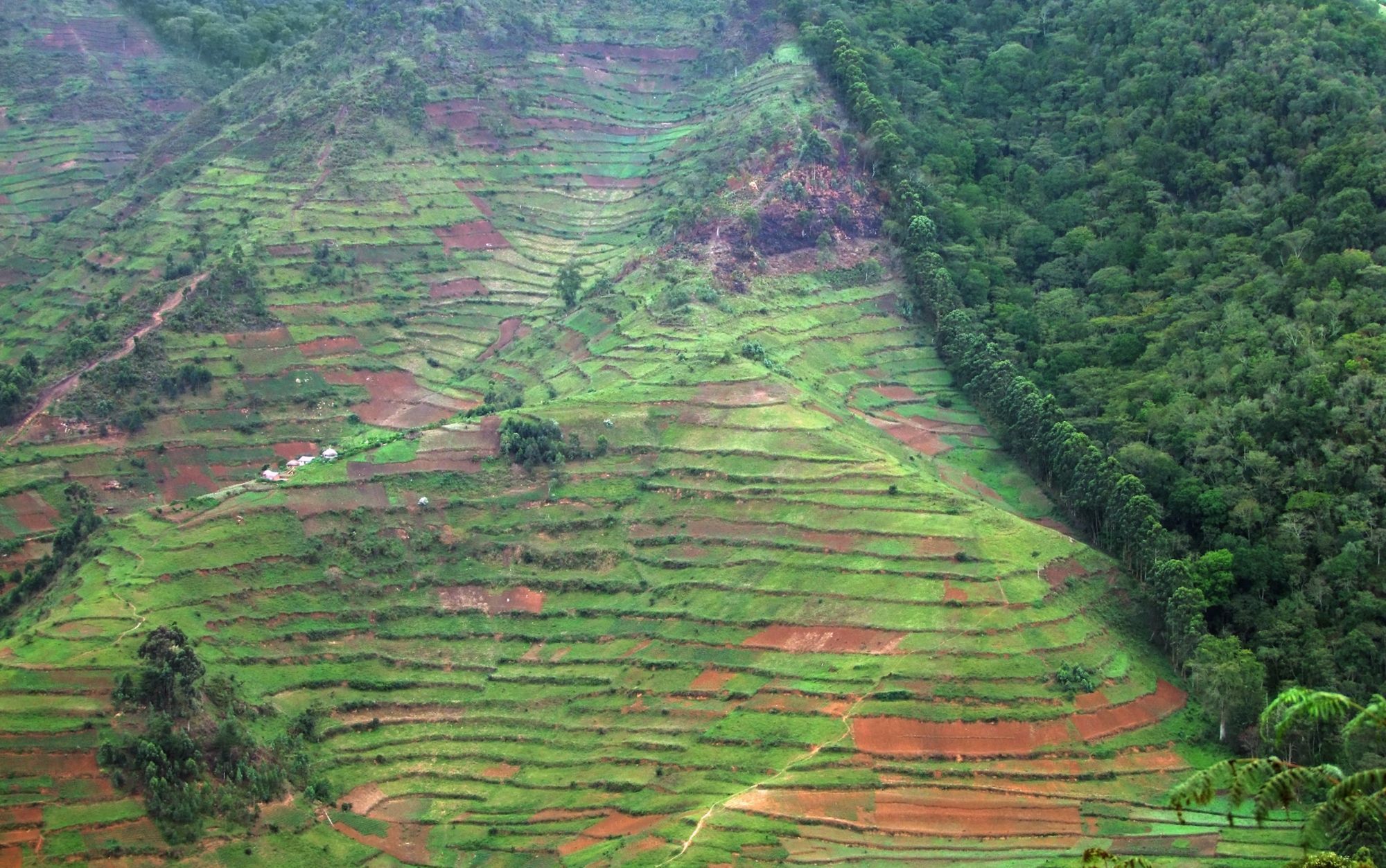
If you go gorilla trekking, you’ll be taken through the forest to one of the gorilla families within the park which have been habituated to interact with humans. Standing at a distance, you’ll observe them in their natural habitat. You might see younger gorillas play-fighting, or females conducting a grooming ritual whilst keeping an eye on their children.
It’s a transformative wildlife watching experience, so small wonder that visiting Bwindi Impenetrable Forest to see the gorillas quickly became popular. During the 1990s, the area began to receive around 3,000 tourists a year, which has continued to rise to around 36,000 (in 2020).
Standing at a distance, you’ll observe them in their natural habitat. You might see younger gorillas play-fighting, or females conducting a grooming ritual
“The benefits to the local communities of gorilla tourism are numerous, and include job creation, improved quality of life, infrastructure development, increased business opportunities and enhanced living conditions,” Paul says.
However, the research of Dr. Gladys Kalema-Zikusoka, who was appointed the veterinary officer for the Ugandan Wildlife Authority in 1996, showed that disease transmissions between humans and mountain gorillas was a significant risk factor for the animals.
There is a close genetic relationship between gorillas and humans, which makes them susceptible to human-borne illnesses that they have no immunity over. Outbreaks of diseases such as scabies in the villages surrounding the park were transmitted to several of the gorillas in Bwindi, for example. It quickly became apparent that it would be dangerous for the gorillas to interact with too many tourists at close quarters.
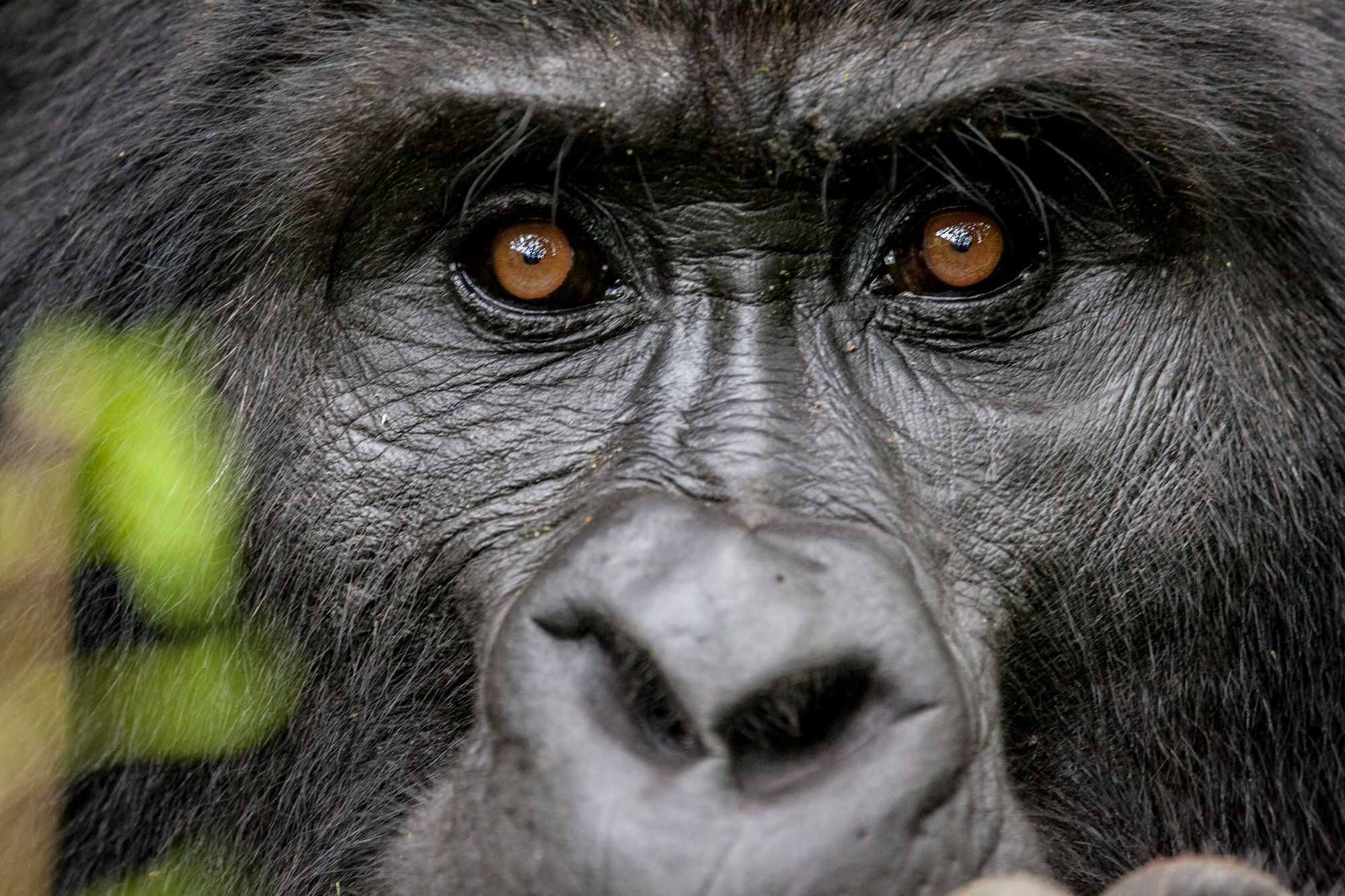
In 2003, Dr. Kalema-Zikusoka co-founded a pioneering organisation, Conservation Through Public Health (CTPH), which helps protect gorillas from human-borne and livestock diseases through improving public health and education for the rural communities living in the vicinity of the park.
“There are volunteer community health workers trained to do conservation work,” Paul explains. “Often the village health and conservation teams are called upon to engage households in communities adjacent to Bwindi Impenetrable National Park with integrated health and conservation information and services. They are supported through hygiene and sanitation service provision, nutrition, family planning access, risk awareness, maternal and child health monitoring and creating awareness about sustainable farming and conservation.”
The benefits to the local communities of gorilla tourism are numerous, and include job creation, improved quality of life, infrastructure development...
Efforts have also been made to ensure that gorilla tourism in Bwindi National Park is now highly controlled. Only eight gorilla trekking permits per day are issued per each habituated gorilla family, with a maximum of eight visitors per group. The groups are allowed to spend a maximum of an hour with the gorillas, and must maintain a safe distance of seven metres. This ensures that the gorillas don't become too accustomed to humans.
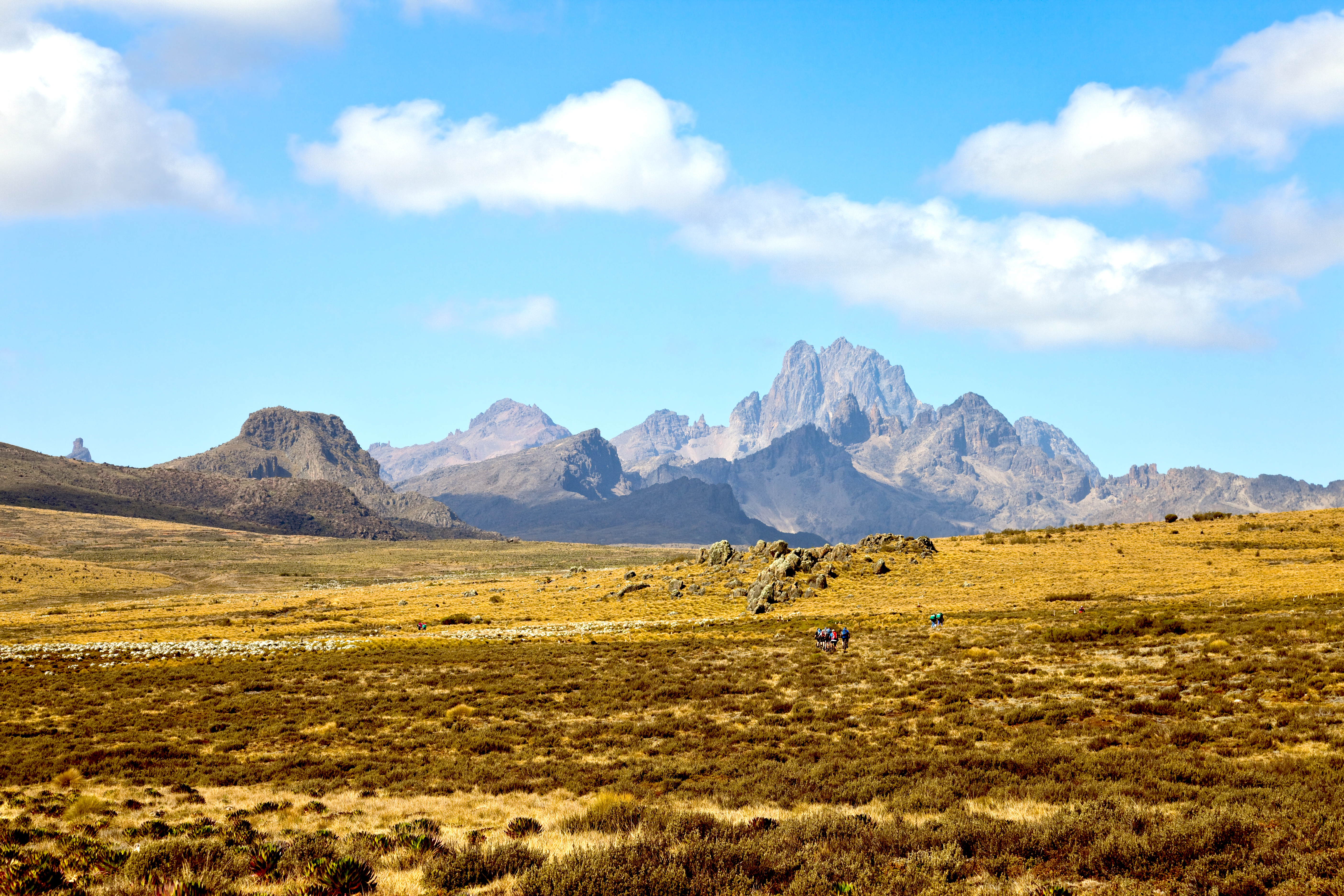
A gorilla trekking permit costs $700 (£552.49) per person, and is often included in the cost of small group trips in Uganda. This money provides vital revenue for conservation efforts.
“The bulk of the revenue from the gorilla permits goes to conservation. This includes human-wildlife conflict resolution, community conservation education, community health, and much more,” Paul explains. “Conservation involves daily gorilla health monitoring through fecal sample analysis and clinical observation, human-wildlife conflict resolution, habitat conservation and community conservation education to improve attitudes towards wildlife and conservation.
“A percentage also goes to the revenue sharing program to support various local projects in the local communities. The rest is sent to a government in revenue and taxes to support national infrastructure development.”
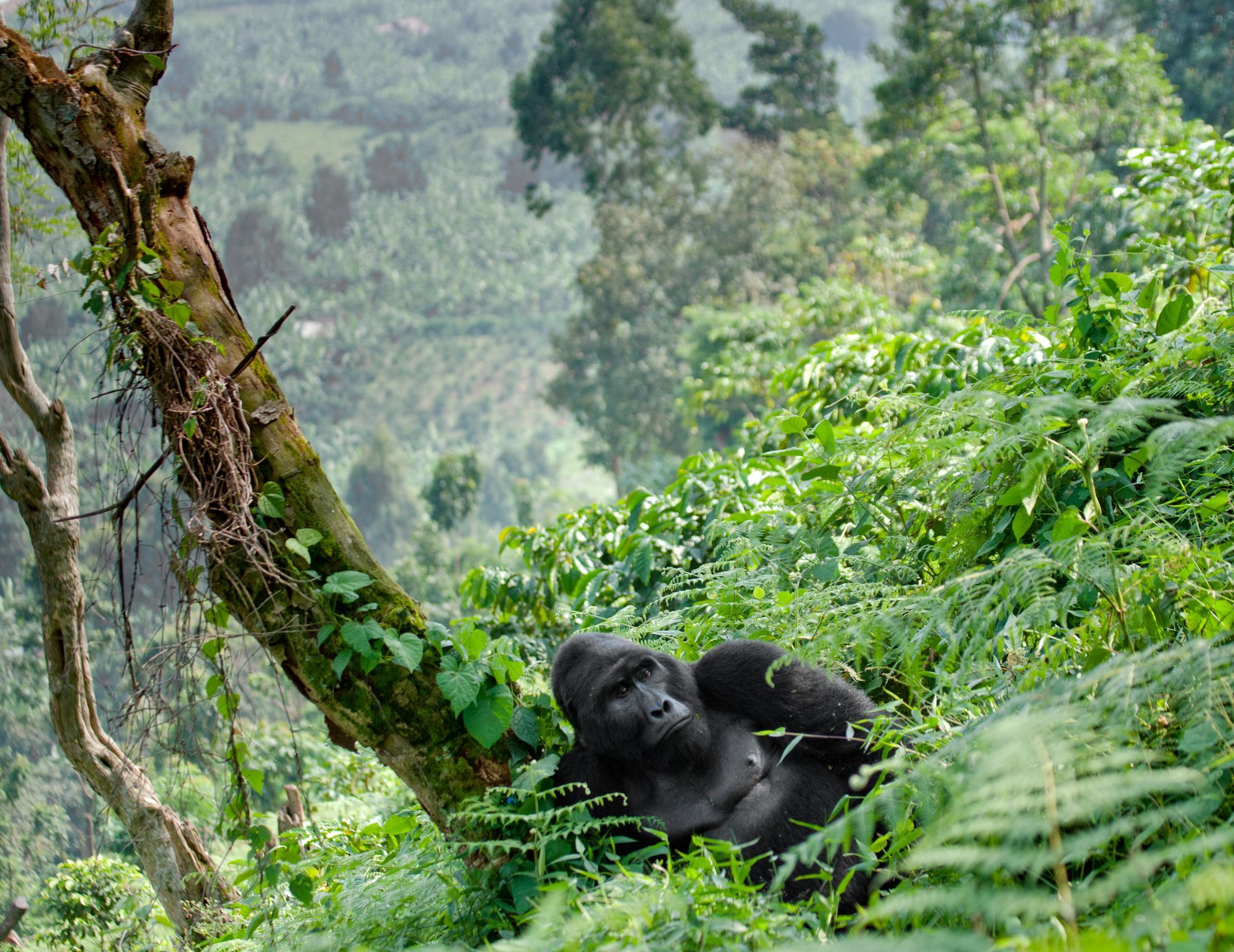
Tourists don’t just visit Bwindi Impenetrable National Park to go gorilla trekking. They also want to stay in local lodges, try traditional foods and engage in other activities, such as trekking and birdwatching. These activities are managed and run by local communities, who receive vital revenue.
“These community tourism projects ensure conservation and coexistence and are spearheaded by the Batwa community and Nkuringo community,” Paul says.
Community tourism provides a viable alternative for villagers formerly accustomed to subsisting on the resources available to them within Bwindi Impenetrable Forest - firewood for fuel, collecting wild honey and yams, or setting snares to trap small animals. Since Bwindi has become a protected area, such activities are now considered illegal. But community tourism ensures that communities no longer depend on these resources. A study conducted in 2022 showed in Bwindi, the areas with the most long-term funded community projects have the lowest rates of ‘illegal activity’.
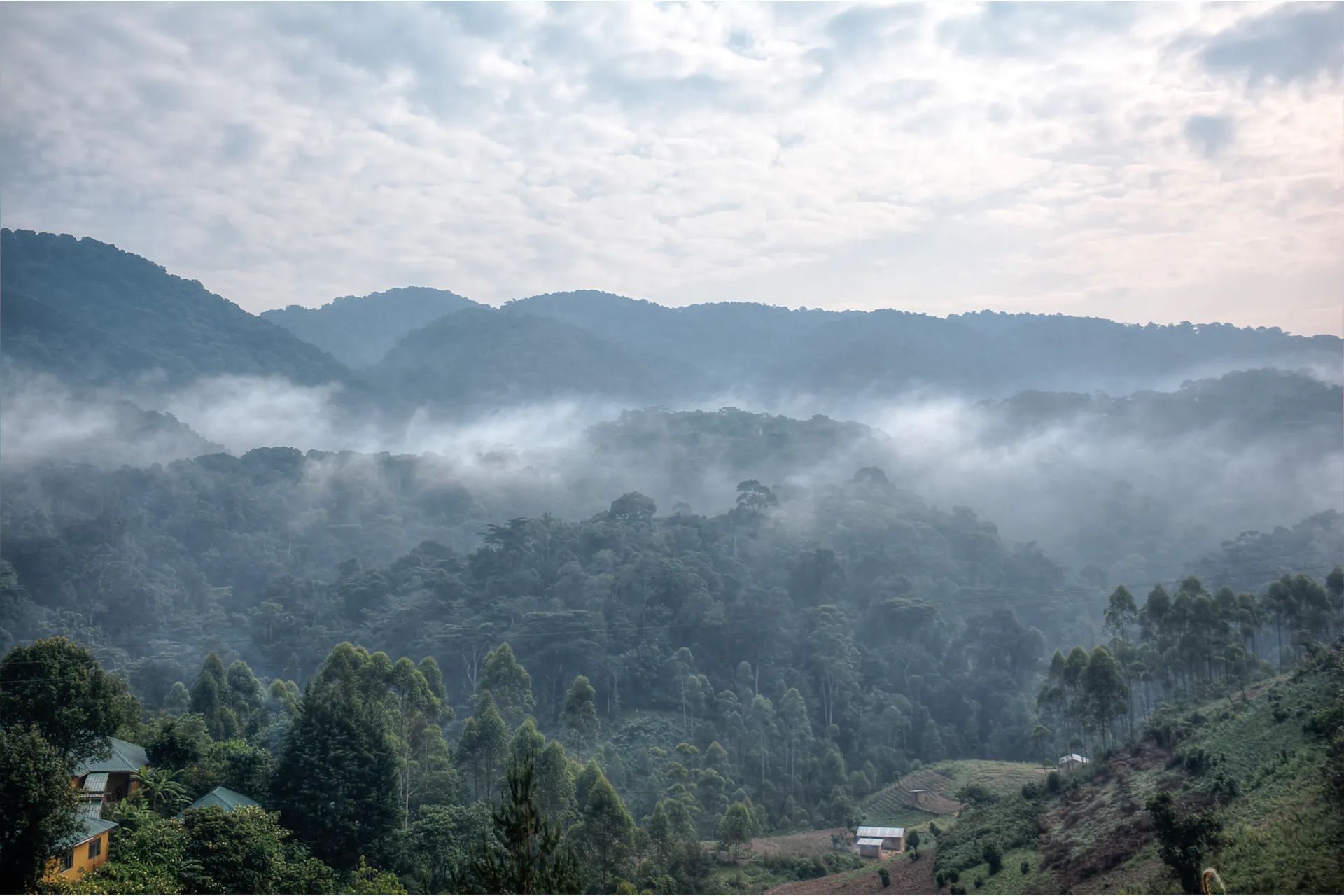
One such initiative was started by Dr Kalema-Zikusoka, who learned that farmers living next to Bwindi Impenetrable Forest were being paid low prices for their coffee, forcing them to use the national park to meet their family’s needs. She started Gorilla Conservation Coffee, which pays farmers over the market rate, educates them in sustainable farming and donates funds to conservation.
Tourism dollars, combined with the integrated efforts of organisations such as Uganda Wildlife Authority (UWA) and CTPH, have brought the mountain gorilla population back from the brink of extinction. And thanks to education efforts, local communities are also becoming stewards of their environment.
“Local people adjacent to Bwindi now work together with authorities in ensuring protection of its resources,” Paul explains. “The communities have become part of gorilla conservation and tourism helps to boost the protection of the park.”
In Bwindi Impenetrable Forest, families of gorillas move slowly through the ancient forest, unaware of the ripple effect their presence has on visiting tourists, the local community, and even the country as a whole.
Inspired? Our Mountain Trekking and Gorilla Safari in Uganda trip is no longer running, but check out our other Active Safaris.



